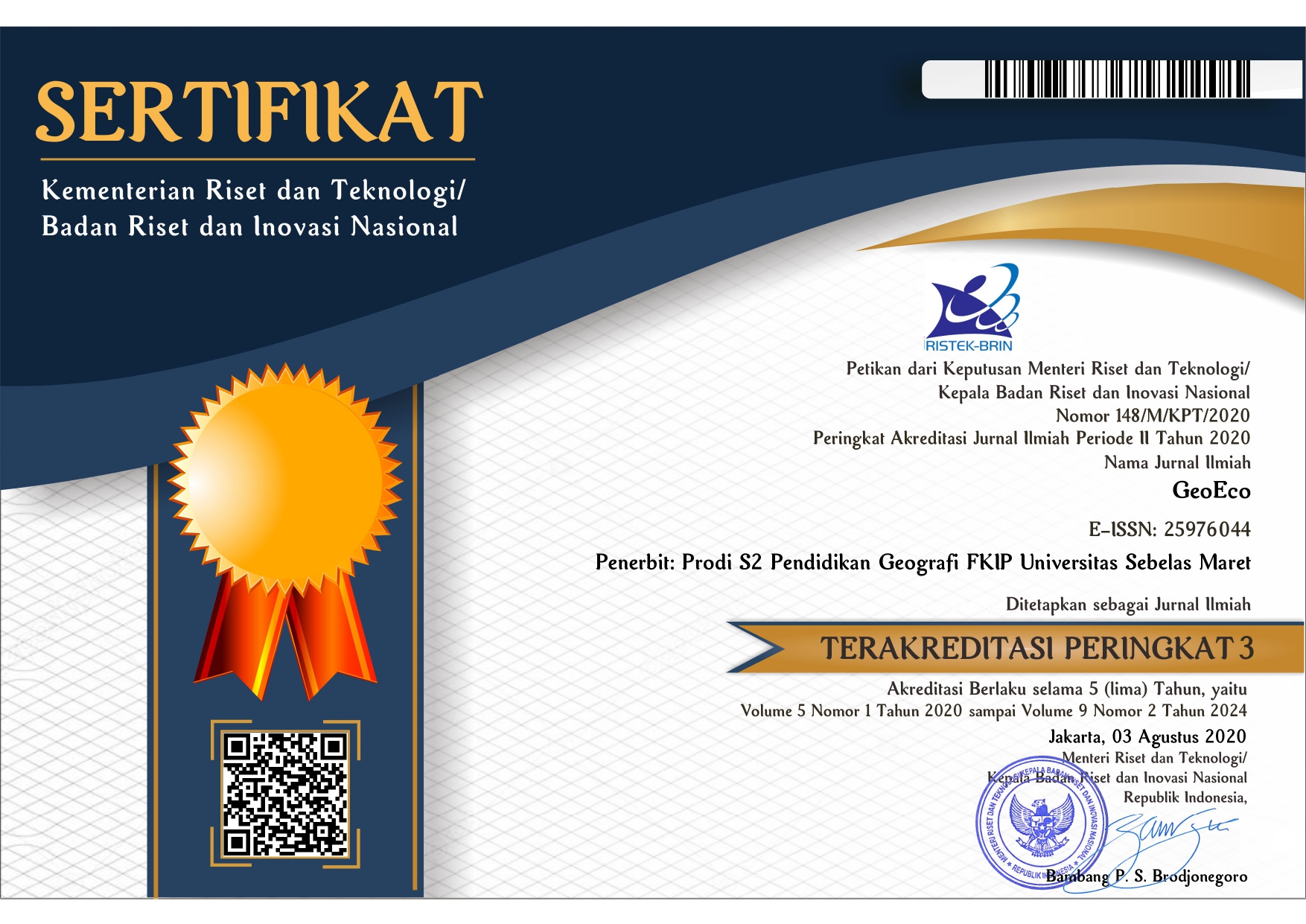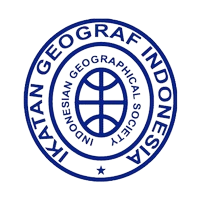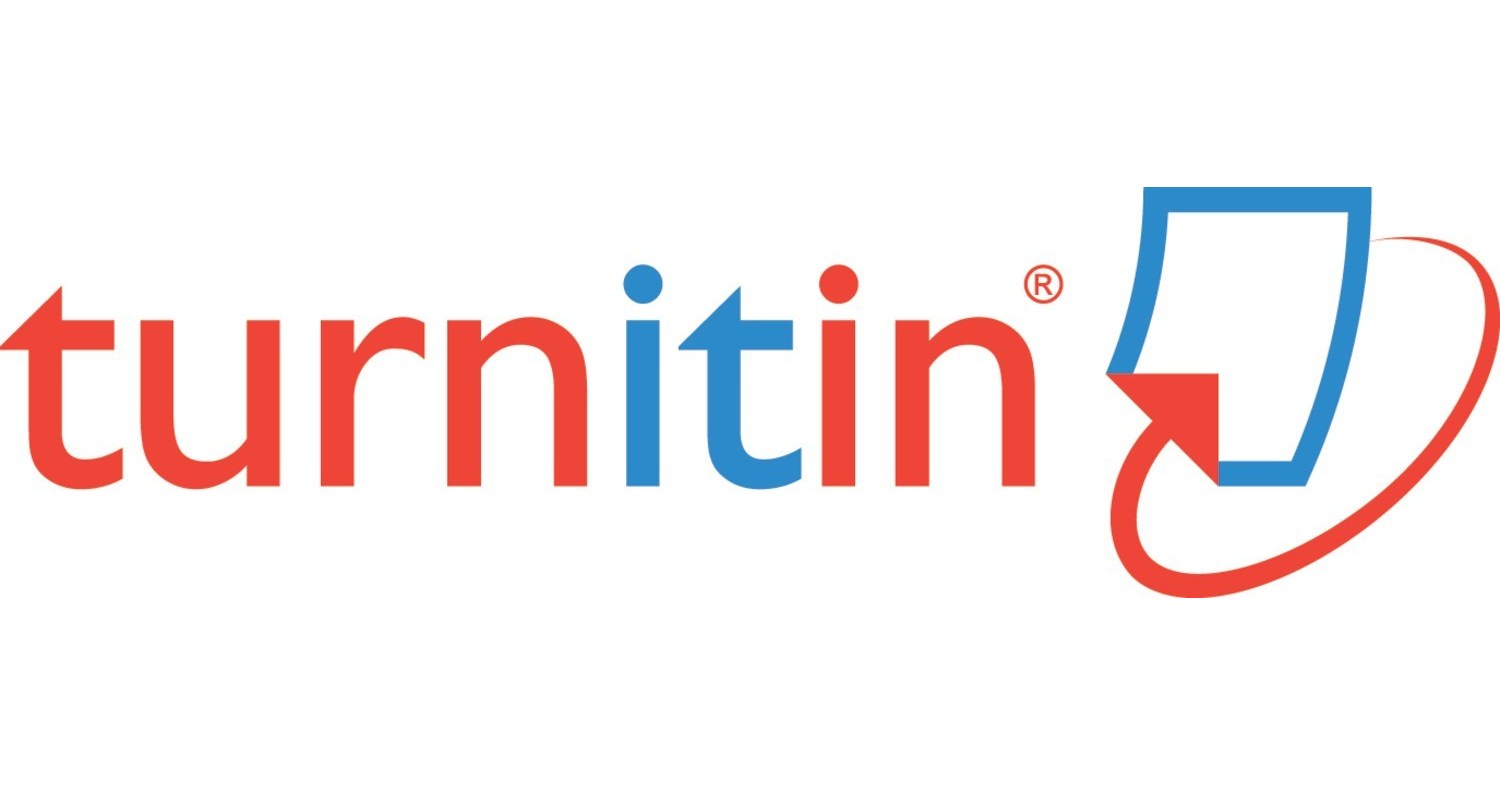THE CHALLENGES OF APPLICATION OF THE HYBRID LEARNING MODEL IN GEOGRAPHY LEARNING DURING THE COVID-19 PANDEMIC
Abstract
Since the beginning of 2020, the COVID-19 pandemic has occurred, Indonesia has implemented distance learning. Higher education also conducts learning with a hybrid learning model. The hybrid learning model applied is of the full type, meaning that it is carried out fully online. Geography learning that is carried out online is still trying to equip students to increase spatial citizenship skills. This study seeks to find out how the challenges of implementing the hybrid learning model in geography learning in the geography education study program are FKIP UNS. The method used in this research is descriptive qualitative. The research subjects were second semester students, geography education study program FKIP UNS. The data collection techniques used were interviews, observations and FGD. The result of this research is that geography learning, which is carried out using a hybrid learning model, can effectively achieve mastery of students spatial citizenship skills. The hybrid learning model that is applied must be combined with other platforms such as Zoom Meeting, Moodle, WhatsApp and Open Course Ware.
Keywords
Full Text:
PDFReferences
Ali Alammary, Judy Sheard, A. C. (2014). Blended learning in higher education: Three different design approaches Ali. Australasian Journal of Educational Technology, 30(12). Anders, A. (2015). Theories and Applications of Massive Online Open Courses (MOOCs) : The Case for Hybrid Design. International Review of Research in Open and Distance Learning, 16(6), 39–61. https://doi.org/10.19173/irrodl.v16i6.2185 Boelens, R., De Wever, B., & Voet, M. (2017). Four key challenges to the design of blended learning: A systematic literature review. Educational Research Review, 22(June), 1–18. https://doi.org/10.1016/j.edurev.2017.06.001 Chaeruman, U. (2010). E-Learning dalam Pendidikan Jarak Jauh. Kemendiknas. Chalkiadaki, A. (2018). A systematic literature review of 21st century skills and competencies in primary education. International Journal of Instruction, 11(3), 1–16. https://doi.org/10.12973/iji.2018.1131a Crawford, R., & Jenkins, L. (2017). Blended learning and team teaching: Adapting pedagogy in response to the changing digital tertiary environment. Australasian Journal of Educational Technology, 33(2), 51–72. https://doi.org/10.14742/ajet.2924 Czerkawski, B. C. (2016). Blending formal and informal learning networks for online learning. International Review of Research in Open and Distance Learning, 17(3), 138–156. https://doi.org/10.19173/irrodl.v17i3.2344 Fung Choy, J. L., & Quek, C. L. (2016). Modelling relationships between students’ academic achievement and community of inquiry in an online learning environment for a blended course. Australasian Journal of Educational Technology, 32(4), 106–124. https://doi.org/10.14742/ajet.2500 Hediansah, D., & Surjono, H. (2020). Hybrid Learning Development to Improve Teacher Learning Management. JKTP: Jurnal Kajian Teknologi Pendidikan, 3(1), 1–9. https://doi.org/10.17977/um038v3i12019p001 Kudryashova, A. V, Gorbatova, T. N., & Rozhkova, N. E. (2016). Developing a blended learning based model for teaching foreign. SHS Web of Conferences, 01128, 8–11. https://doi.org/10.1051/shsconf/20162801 128 Developing Miles, M. B. dan A. M. H. (1992). Qualitative Data Analysis: A Sourcebook of New Method. Terjemahan Tjetjep Rohendi Rohidi. Analisis Data Kualitatif: Buku Sumber tentang Metode-metode Baru. UI PRESS. Smaldino, E, S., Lowther, D, L., Mims, C & Russel, J, D. (2015). Instructional Technology and Media for Learning (11th). Pearson.
Refbacks
- There are currently no refbacks.












.png)

